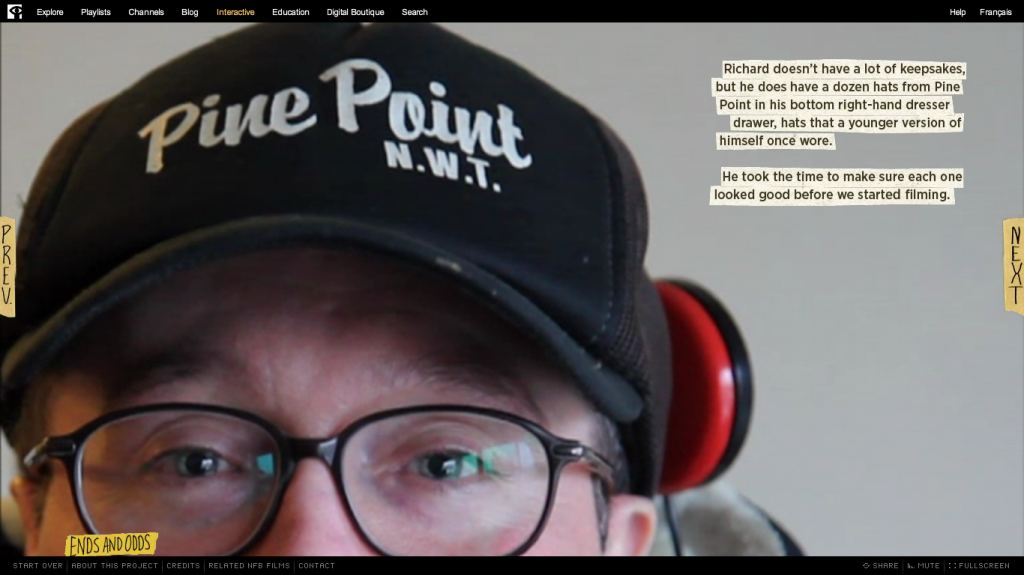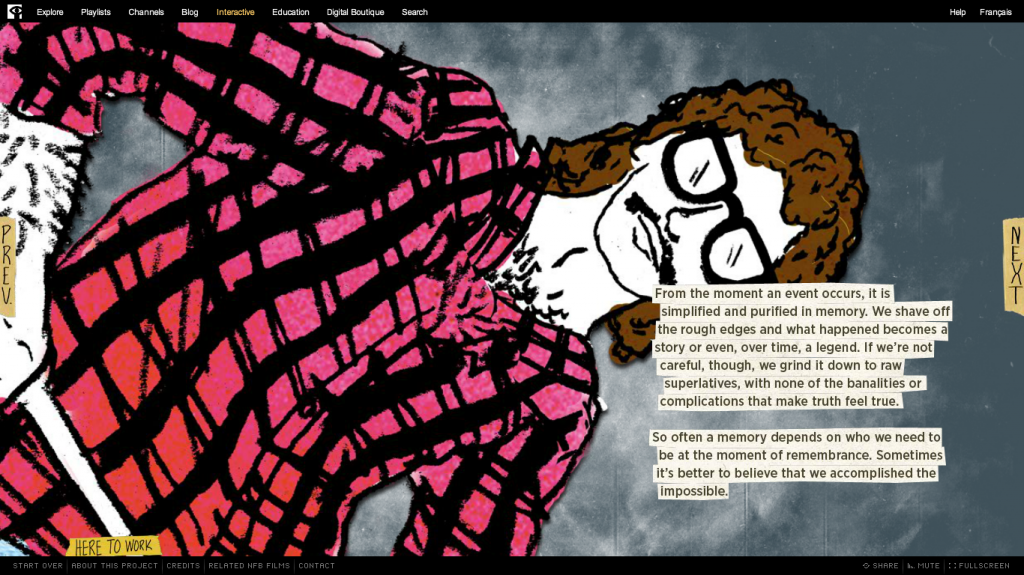I just finished Wendy McClure’s really entertaining book, The Wilder Life. It chronicles the author’s attempts to access and inhabit Laura (as in Laura Ingalls Wilder) World, the world that Laura Ingalls Wilder and her daughter Rose crafted in the Little House books. She includes stories about the books and the television series, traces (and troubles) the relationship between truth and fiction in Laura’s accounts, details her own adventures (and the unique individuals she encounters) visiting the various Laura historic sites sprinkled throughout the midwest and critically explores her own investments in trying to become part of Laura World.
While there are many different reasons I enjoyed this book, perhaps the biggest were: 1. McClure’s efforts to reflect on her own investments in the project (especially as those investments connected to the recent death of her mom from cancer) and 2. her willingness to push beyond searching for the Truth (what really happened) to explore the space in between fact and fiction, where we can craft stories that should have happened or that we wished had happened or that did happen, but not quite in the ways that we imagine/remember.
Towards the beginning of the book, McClure spends time researching the history of the actual Laura, scouring old records, scholarly books and popular biographies, trying to determine what events in the LHOP (Little House on the Prairie) books are real and which are imagined. But, at certain point, she realizes that this determination isn’t necessary. She writes:
I knew what was real…and what wasn’t…and there was a lot of stuff in between that I wasn’t quite sure about….But maybe those distinctions ultimately didn’t matter as long as I recognized them; maybe I didn’t need to sort truth from fiction from exaggeration in order to go further into Laura World (48).
McClure
This passage makes me think about the Puotinen farm and my own relationship to it as a real and imagined place, the Farm World. I could spend a lot of time reflecting on my own understandings of truth/fiction and real/imagined at the farm. For me, the distinctions do matter, but not in way that privileges one over the other. I keep thinking about the “stuff in between” and the possibilities it might offer for new understandings of what’s real and what’s imagined.
McClure closes the book with a chapter entitled, “Unremembered.” I’m intrigued by the concept, even as I can’t quite understand what she’s trying to say with it. Here’s how she describes unremembering:
Maybe the Little House books have always been a way to unremember–a word that I kept coming back to…I know technically it means to forget but somehow, in my mind the definition changed. To me unremembering is knowing that something once happened or existed by remembering the things around it or by putting something else in its place. Laura Ingalls Wilder unremembered being hungry by writing Farmer Boy, and Rose Wilder Lane unremembered her terrible childhood by helping her mother write about hers….You don’t deny something when you unremember it, you just give it a place to live (324).
I wonder, how does/doesn’t this idea of unremembering connect with my understandings of not forgetting and remembering?
Follow-up note: I just found an interview with McClure in which she briefly discusses “unremembering.” She suggests that it involves “making a place for something, even if it’s too difficult to remember it directly.” As I write this, I’m still not sure I understand what she means.



